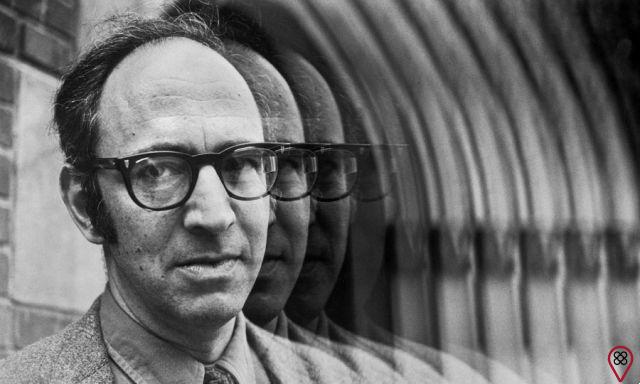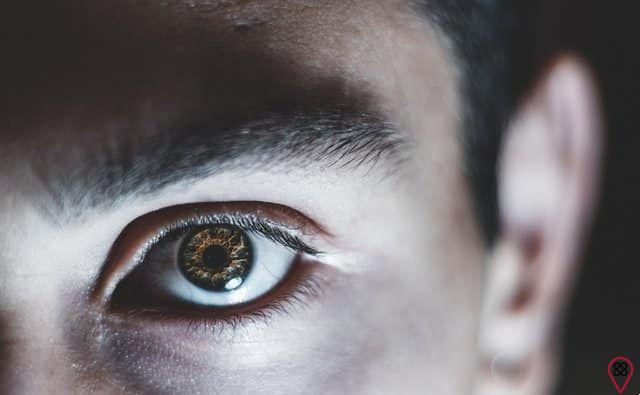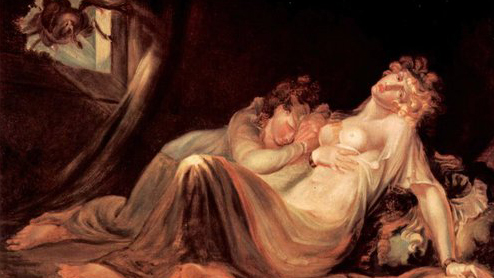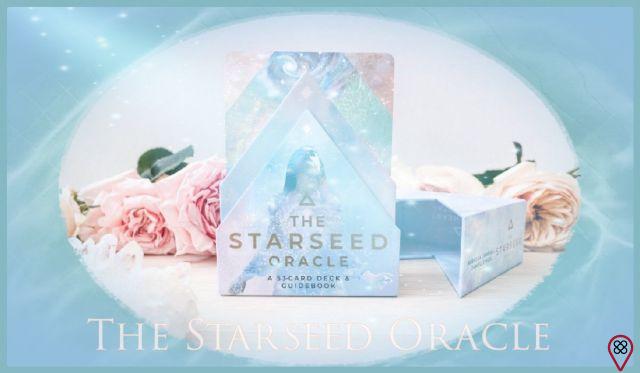Everything that exists in nature came from somewhere, from some idea. Nothing comes out of nothing. Everything has a cause. According to the Bible, God is the only one who is his own cause. He made all things in his image and likeness. A serious philosophical question arises from this: what is the cause of artistic creations, philosophy, literature? Is it possible for human beings to create something really original? According to Michel Foucault, in his work “History of Madness”, madness is not natural, but a strategy that operates on bodies. In other words, it is a form of prejudice. For the French philosopher, only madmen are truly creators of poetry, art and science. Read the creation of three philosophers below, see if they are original and discover the beauty of creation!
"Paradigm"

The term “paradigm” is a legacy of Thomas S. Kuhn (1922-1996) for Western civilization. When you read or hear someone talk about a paradigm, remember it was Thomas S. Kuhn who coined the term. And what is a paradigm? According to Kuhn himself, “a paradigm is what the members of a community share and, conversely, a scientific community consists of men who share a paradigm” (p. 281-282). Paradigm, therefore, is an evolution of human intelligence and involves everyone, especially the areas of science, medicine and pedagogy. However, according to the philosopher himself, “it is difficult to make nature adjust to a paradigm”. In short, paradigm is law, it is love, it is art, it is technology, it is poetry; paradigm can also be a religion, a political system, and so on.
You may also like
- Understand what creativity has to do with spirituality and self-knowledge
- Talking about God: are we created in his image and likeness? Reflects
- Discover 5 ways to include knowledge of philosophy in your life
“Clinical Philosophy”

Clinical philosophy is the use of philosophy in clinical practice. It emerged in Europe, with the aim of advising the human being in the face of life's difficulties, relieving the existential pain of the subject. In España, she came up with the ideas of the doctor, psychologist and psychiatrist Lúcio Packter, in Rio Grande do Sul. Clinical philosophy starts from the principle that there are no pathologies and adopts the subject's life history as a methodology, leading him to find the resolution of his problems in his inner self. In clinical philosophy, the human person is always the subject of his own history. He is never treated as a “poor thing” or a “victim”. Instead, clinical philosophy thematizes that it is in the human being himself that the cure and the resolution of all problems are found. Finally, it teaches us that we should not seek outside what is already within each person: self-esteem, knowledge, self-love and hope.
“Philosophy of the Look”

Philosophy of the gaze is a contemporary philosophical current that assumes that things need to be seen as they are. The philosophy of the gaze adopts the education of the gaze as a method to arrive at true knowledge and the essence of things. In this way, the philosophy of the look starts from the principle that “the look that we rest on the other is the same look that we have on ourselves” and states: “the most difficult reality to be seen is the one that is in front of our eyes” . All this appears in the book “The first look: philosophy in Amazonian tales”, by professor and philosopher Luís Carlos Lemos da Silva.

























